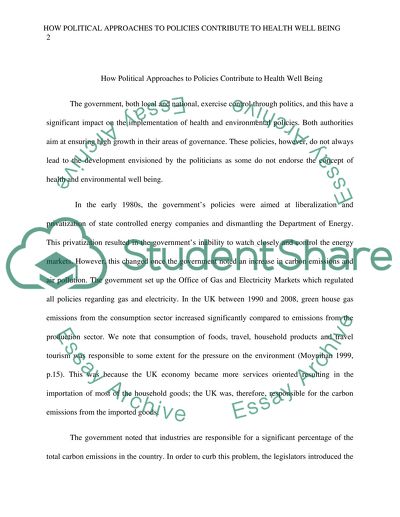Cite this document
(“How Political Approaches to Polices Contribute to Health Well Being Essay”, n.d.)
How Political Approaches to Polices Contribute to Health Well Being Essay. Retrieved from https://studentshare.org/sociology/1434414-written-account-of-exploring-how-political
How Political Approaches to Polices Contribute to Health Well Being Essay. Retrieved from https://studentshare.org/sociology/1434414-written-account-of-exploring-how-political
(How Political Approaches to Polices Contribute to Health Well Being Essay)
How Political Approaches to Polices Contribute to Health Well Being Essay. https://studentshare.org/sociology/1434414-written-account-of-exploring-how-political.
How Political Approaches to Polices Contribute to Health Well Being Essay. https://studentshare.org/sociology/1434414-written-account-of-exploring-how-political.
“How Political Approaches to Polices Contribute to Health Well Being Essay”, n.d. https://studentshare.org/sociology/1434414-written-account-of-exploring-how-political.


